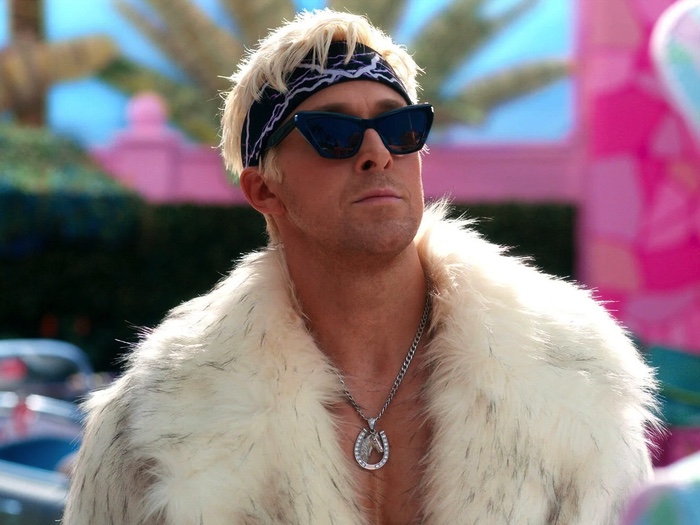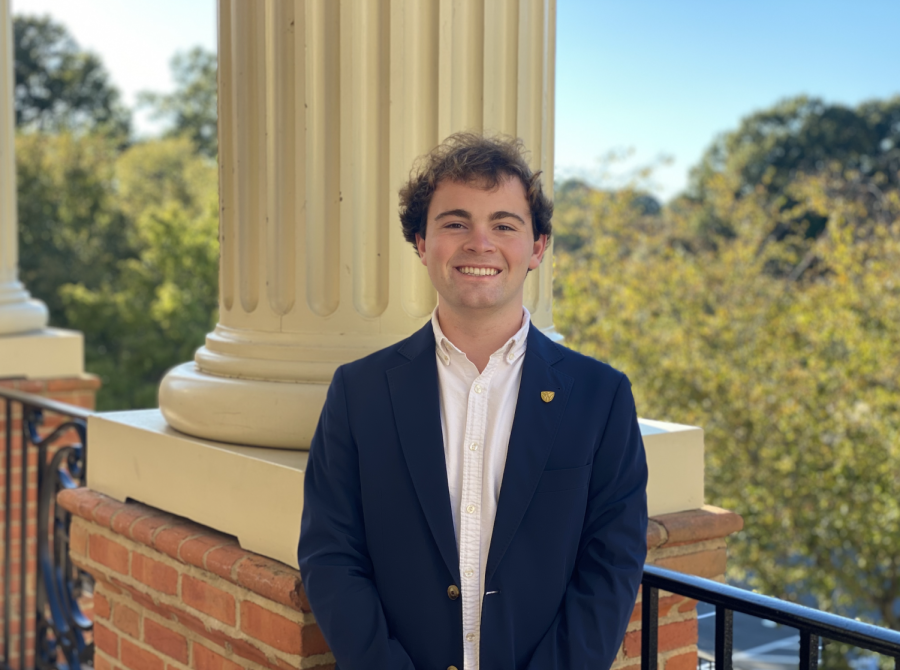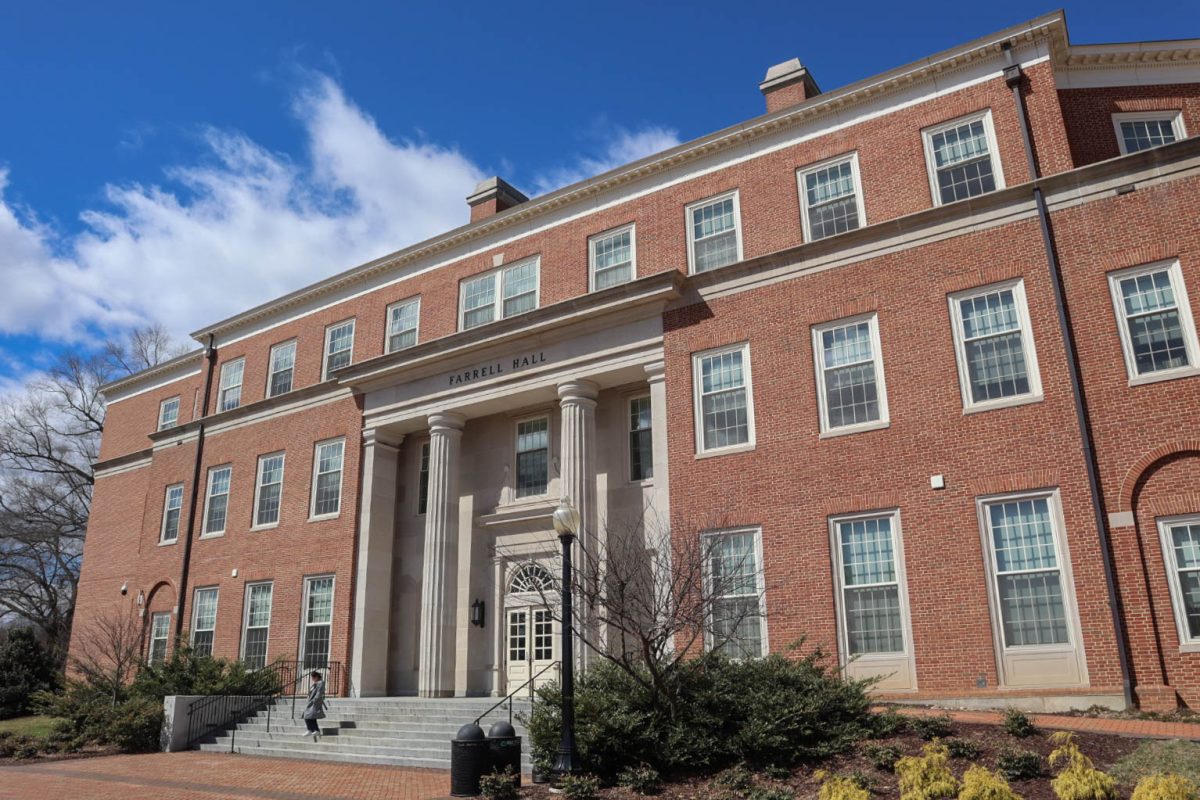When I opened up my phone to a photo of Paris’s Notre Dame Cathedral billowing with smoke, I immediately developed a pit in my stomach. At first, I attributed the unsettling feeling to the fact that my grandparents live only a few blocks away from the monument. The more I think about it, however, there is a deeper sense of discomfort that I think everyone is experiencing surrounding this devastation.
Of course, my personal connection to the building and neighborhood is part of why I feel so emotional. I’ve been lucky enough to have spent many afternoons walking around the grounds of the cathedral, taking in the view of its shining exterior at night from across the Seine or arguing with my brother about which gargoyle was our favorite — but that’s not really the reason why the video of the spire falling keeps replaying over and over again in my head.
Notre Dame, like many other globally notable monuments, was supposed to be permanent. From the human perspective, buildings like these can’t just burn, as they represent everything from religious denominations to an entire nation’s identity. Although generations continue to pass with time, these buildings situate themselves among other things we hold as permanent (literature, paintings and movies come to mind). Watching the fire erupt from its roof does not fit into our schema surrounding such seemingly stable objects, despite its existence within the chaos that is the human experience.
The deep sorrow that we are all feeling, whether as citizens, visitors or foreigners to France, is born out of the incomprehensible. It doesn’t make sense for a building that embodies so much history to be so vulnerable. The last time it was majorly damaged was during the French Revolution, and the cathedral existed through two world wars and came out in one piece on the other end. The building is 856 years old and filled with priceless art. How is it possible that it simply burst into flames?
I personally can’t make sense of it, and as I talk about it with others it seems that we probably will never be able to. The loss of the original roof’s structure, withholding the north and south towers, is something that can never be changed or undone. This prompts the question, what does it mean to rebuild something? Can it ever be the same as it once was? Will it hold the same value? If it doesn’t at the time of its reconception, will it ever?
To begin answering these questions, I think it’s important to remember that we are so devastated with its destruction because of the choice we (humanity) made to place importance on it in the first place. We can make that choice again and include this tragedy into its visual history. We should not reject what we remake of it because it is not the same as it once was. Rather, we need to keep constructing the narrative that Notre Dame represents — one of legendary resilience in ever changing times.
Although the bells that once rang from the cathedral may be temporarily silenced, I have no doubt that they will come back even louder.

















